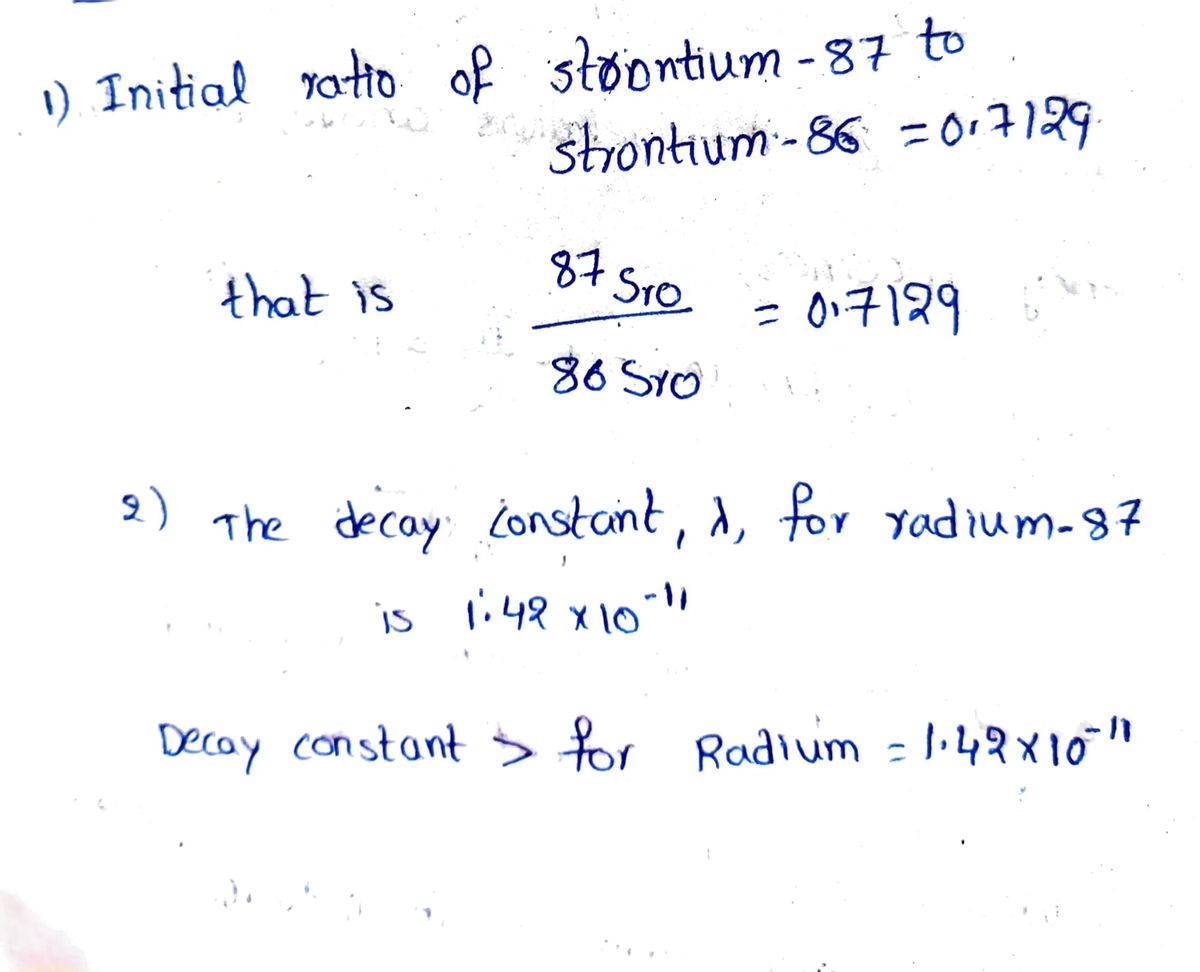Where possible, retain at least four significant figures throughout your calculations, and round your final answer to the nearest 100 million years.
Stellar evolution
We may see thousands of stars in the dark sky. Our universe consists of billions of stars. Stars may appear tiny to us but they are huge balls of gasses. Sun is a star of average size. Some stars are even a thousand times larger than the sun. The stars do not exist forever they have a certain lifetime. The life span of the sun is about 10 billion years. The star undergoes various changes during its lifetime, this process is called stellar evolution. The structure of the sun-like star is shown below.
Red Shift
It is an astronomical phenomenon. In this phenomenon, increase in wavelength with corresponding decrease in photon energy and frequency of radiation of light. It is the displacement of spectrum of any kind of astronomical object to the longer wavelengths (red) side.
![Suppose a team of scientists is studying the formation of an island chain generated by four extinct volcanoes. To determine when
each volcano became extinct, the scientists calculated the age of the youngest layer of igneous rocks on each island. After a
recent research trip, the identifying tag of a sample rock was lost. The scientists ask you to help identify the sample rock's
parent volcano.
The scientists give you some information.
1) The initial ratio of strontium-87 to strontium-86 in the rock was 0.7129.
2) The decay constant, 1, for rubidium-87 is 1.42 x 10-1!.
3) The current isotope concentrations in the rock are 8" Sr = 126 ppm, 8'Rb = 218 ppm, and 8ºSr = 175 ppm.
%3D
Use the isochron equation to calculate the approximate age of the mystery rock.
87.
Sto +
87
Sr
[edr – 1]
86
Sr,
86
86
Where possible, retain at least four significant figures throughout your calculations, and round your final answer to the nearest
100 million years.
million years
t =](/v2/_next/image?url=https%3A%2F%2Fcontent.bartleby.com%2Fqna-images%2Fquestion%2F0f1fd340-6178-454b-aea7-37c134c266b7%2F087f2400-f756-40b1-aef0-7ce5a30a6334%2Fbwyzdk8_processed.png&w=3840&q=75)


Trending now
This is a popular solution!
Step by step
Solved in 3 steps with 3 images









